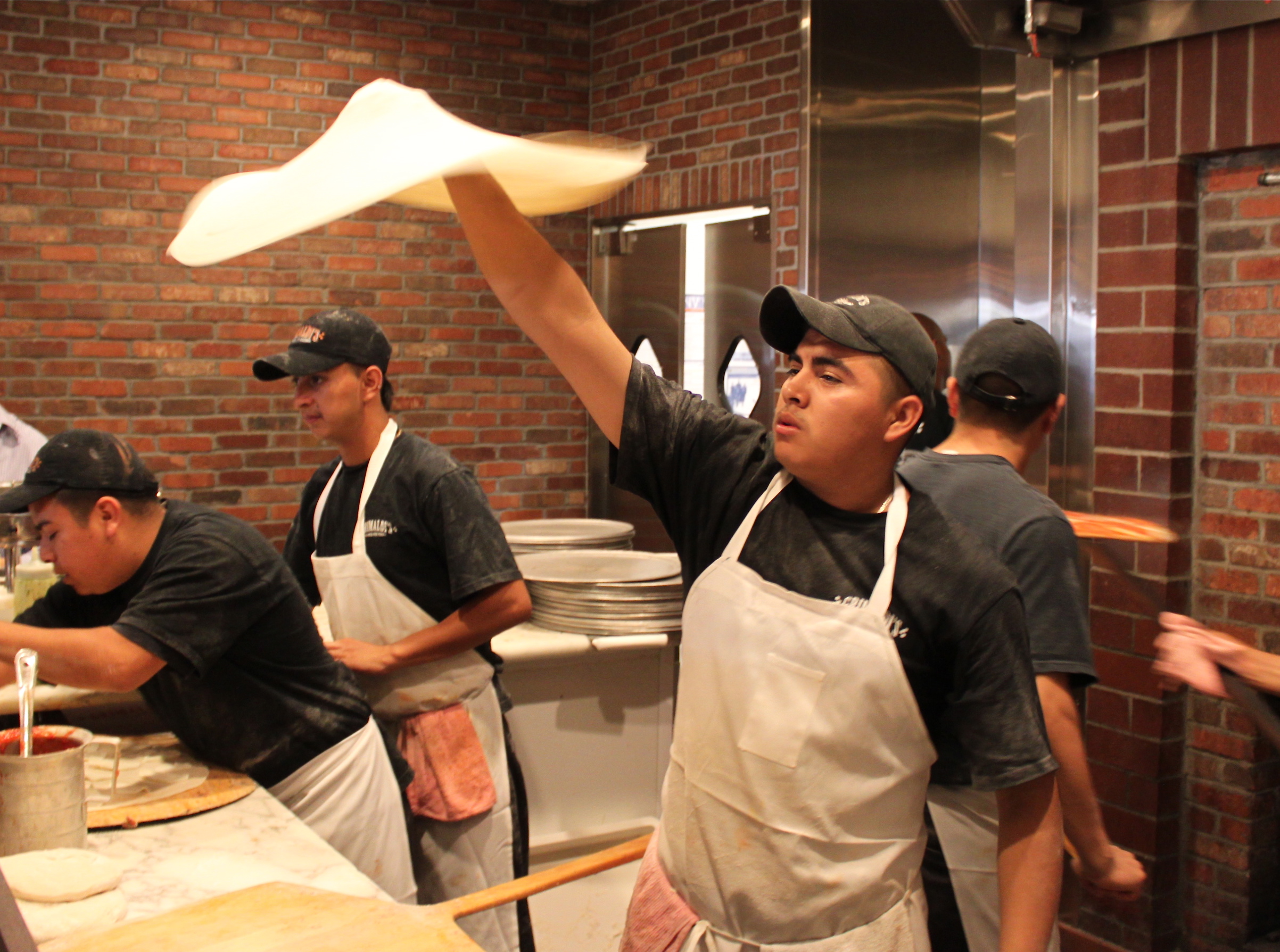Of Pizzas and Piazzas

The ubiquitous Pizza, the world’s favourite snack is one of Italy’s many contributions to the culinary world. Here are 10 things you should know before you lose yourself to that slice of happiness
All about Pizzas from Italy
- The first pizza was believed to have been created when Italy’s Queen Margherita liked the bread that was sold on the streets and decided to have one made for herself. Thus was born, in 1889, the much loved Pizza Margherita. However, the ancient Greeks had a similar herb-topped flatbread that was developed as early as 997 AD.

2. Pizzas from Italy are one of the very few words that are understood all over the world. But the origins of the word in Italian are still unclear. While some say it is derived from the Greek word “pikte” meaning ‘fermented pastry’, others argue it comes from the Italian “pizzicare” that means ‘to pluck’ (from the oven). Pizza remains the world’s favorite word though! Delve into the culinary delights of Italy with our Italy packages, offering curated experiences that go beyond just words to bring the authentic taste and tradition of Italian pizza to your travel journey. Experience the joy of Italian cuisine with a seamless and enriching travel experience tailored to your preferences.
3. When in Italy, make sure you don’t order Pizza Pepperoni, and expect pizza with salami toppings. Italians call large bell peppers ‘Peperoni’ and there is no salami that goes by that name.
4. It maybe because of its humble origins on the streets of Italy, the Pizza recipe calls for just four very basic ingredients – water, flour, salt and yeast. A must do for the real Italian thing is hand-rolling the pizza dough and baking in a wood fired oven.

5. The first ever real-world transaction using Bitcoins was done for ordering pizza from Papa John’s outlet. 10,000 bitcoins were paid by Laszlo Hanyecz in Florida to get two pizzas delivered. The ubiquitous pizza became part of yet another world record!
6. Mathematicians love pizza too, only because there is a Pizza Theorem. The theorem shows how two areas of a disk can be partitioned equally – the way one slices a pizza by taking alternating slices. Fascinating isn’t it – the Pizza from Italy?!

7. A Pizzaiolo is not a pizza aficionado, he or she is the person who makes a pizza in a pizzeria. Pizza making is an art in itself, where tossing the dough is what brings out the best pizza and is also the toughest task. Competitions are held where Pizzaiolos take part in freestyle acrobatic dough tossing events or pizza triathlons.

8. While the Pizza huts and Dominos Pizza menu cards might run into pages, Italy has clearly few classic types of pizzas. The classic Margherita and the Pizza Marinara from Naples. The original Pizza Napoletana is made under strict quality control, its shape, the way dough is prepared and even where it can be consumed. This pizza cannot be taken home or packed, it should be eaten where it is baked. Pizzas from Italy have a trademark!
9. The perfect Italian pizza takes less than 3 minutes in a wood-fired oven. But the dough itself is left to rise for more than 24 hours, probably why traditional Italian pizzerias are the most crowded in the evenings.

10. Pizza Margherita may be Italy’s original pizza, made with tomatoes, cheese and basil to represent the national colours of Italy. Tomatoes however are not a native of Italy and were brought over from the Americas. And today Pizzas from Italy are a $30billion per year industry in the United States of America!
Related Posts
Update your location?













